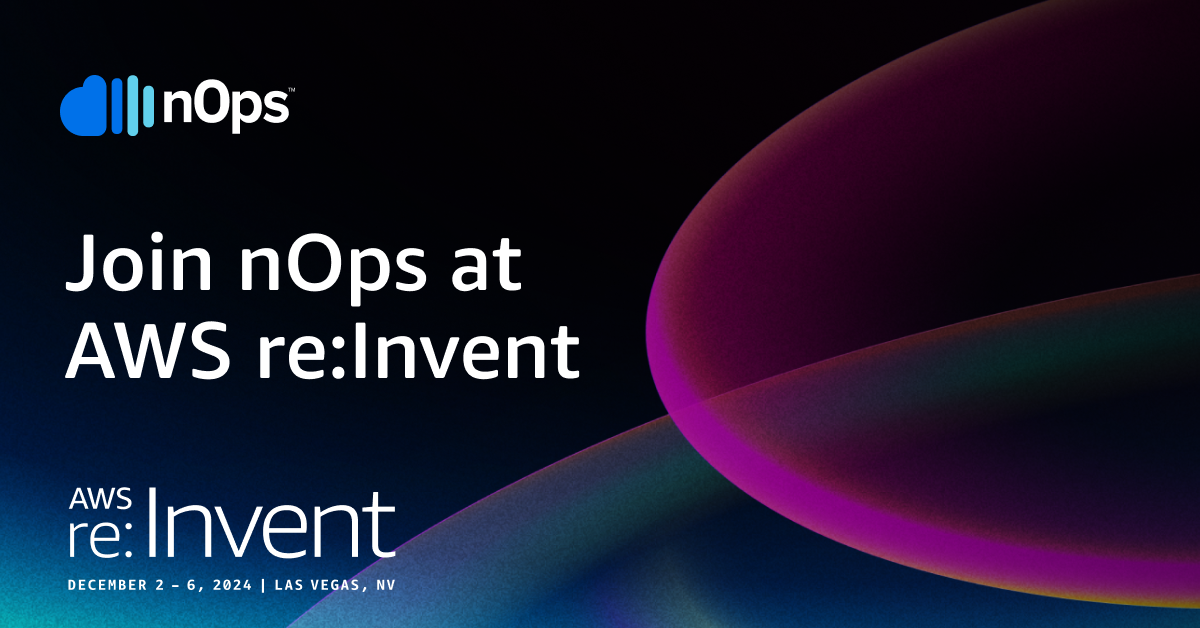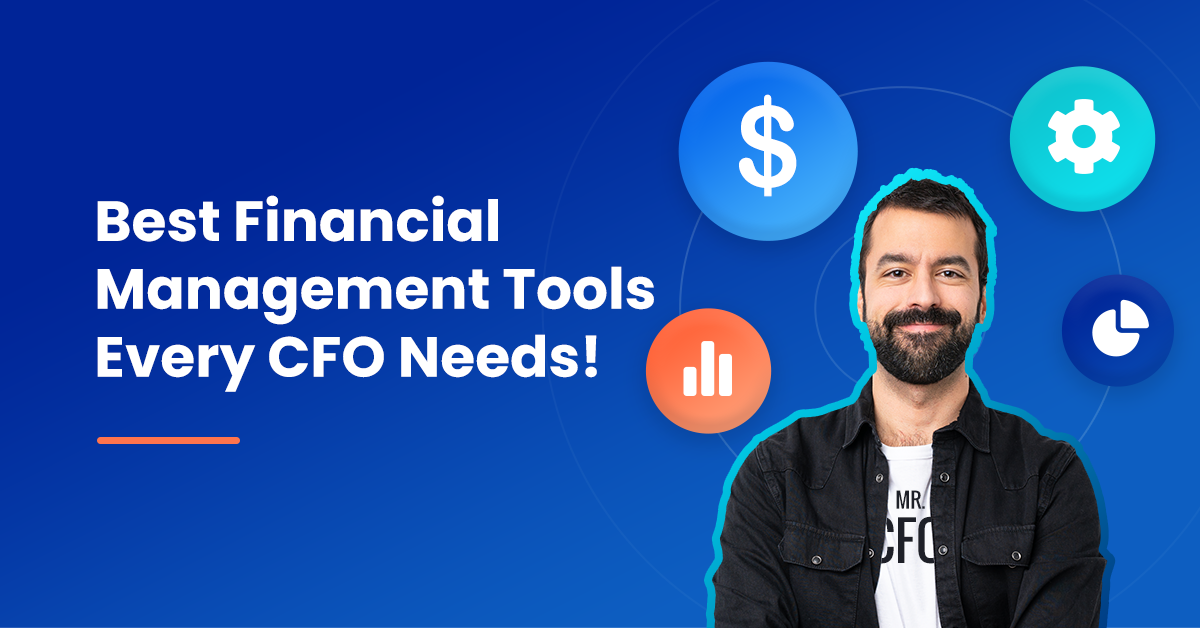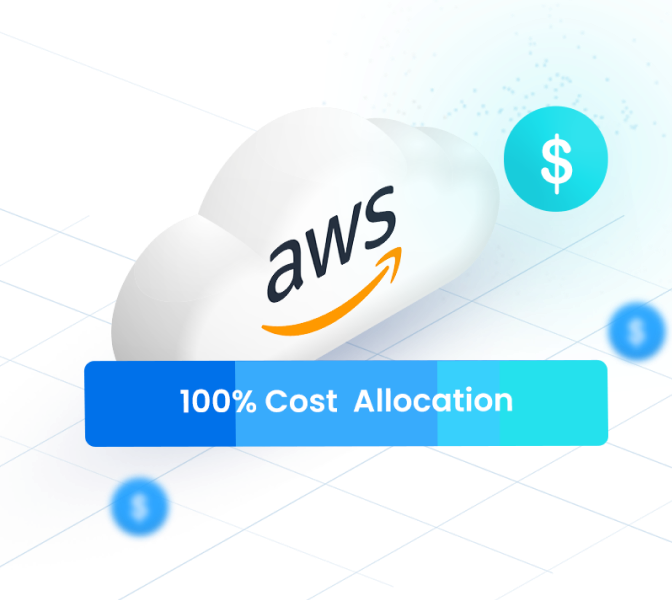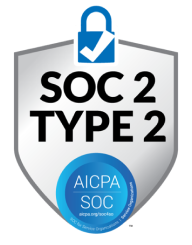As a Chief Financial Officer (CFO), managing software financials can be quite challenging with the increasing complexity of financial data and the rapid evolution of software systems. Software financials refer to various financial data generated from a company’s software systems, including sales and billing software, payroll systems, and accounting software.
To manage software financials effectively, CFOs need to have the right tools at their disposal. These tools can help them streamline their financial operations, reduce errors, and gain greater visibility into their financial data. That’s why we’ve put together this article to recommend the best CFO tools for managing software financials.
In this article, we’ll provide an overview of the role of a CFO, the importance of software financial management, and how the right tools can make all the difference. We’ll also highlight some of the top tools available to CFOs and provide guidance on how to choose the right tool for your business. So whether you’re looking to streamline your financial operations, gain better insights into your financial data, or simply look for a better way to manage your software financials, this article has covered you.
What are the types of financial management tools your business needs?
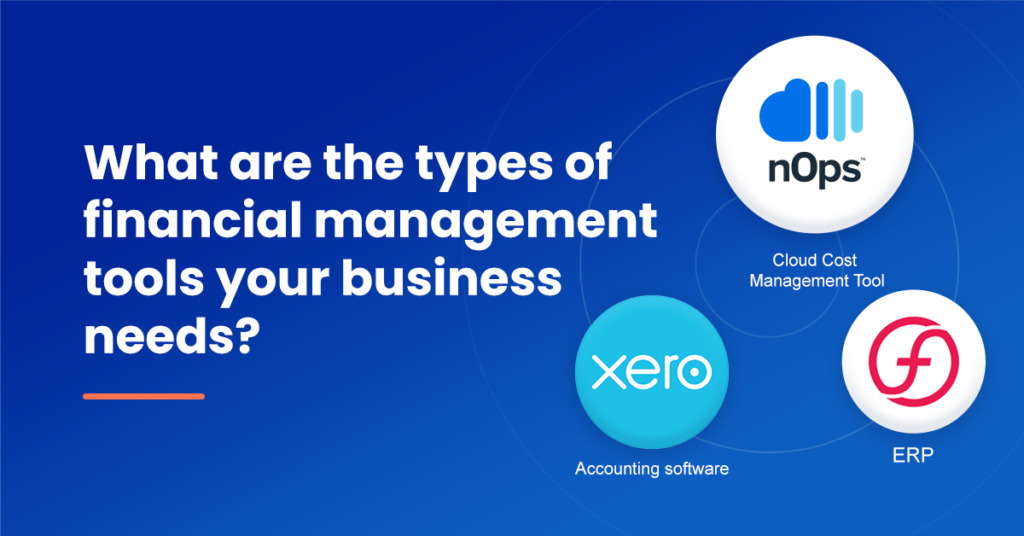
The choice of tools depends on the organization’s specific needs, size, and industry. But here are some of the financial management tools that can be useful for CFOs.
Cloud Cost Management Tool – nOps
Exponentially rising cloud bills are the core challenges for all CTOs and CFOs. It is taxing to control resource usage and establish accountability for the spend, which eventually hinders productivity and innovation. This causes inefficiency from an engineering as well as a financial perspective. And here, nOps – Cloud Cost Intelligence comes in!
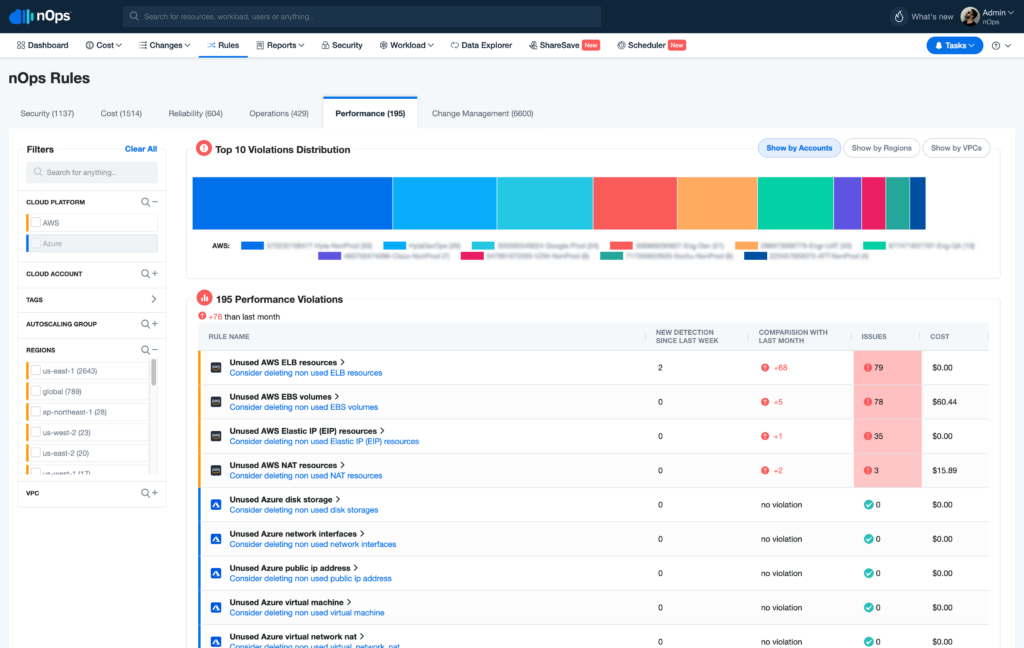
nOps reduces cloud waste, helps you run workloads on spot instances, automatically manages reservations, and helps optimize your containers. Everything is automated and data-driven. An all-in-one on AWS, it helps you with continuous cloud waste reduction, continuous container cluster optimization, continuous RI management to save on-demand resources, a spot orchestrator to reduce cost over on-demand resources, and show backs
and chargebacks to better allocate your cloud costs.
You can easily manage cloud costs and save more money by consolidating cloud accounts into a single pricing model and offering ongoing visibility to change requests. It paves the path for the best root cause analysis skills accessible anywhere by helping you understand all the what, why, when, and how. This translates to better management and supervision of your cloud spending.
Enterprise Resource Planning System (ERP) – FinancialForce
FinancialForce is a cloud-based accounting and financial management software designed specifically for businesses that use Salesforce, a popular customer relationship management (CRM) platform. The software allows businesses to manage their financial operations, including accounting, billing, revenue recognition, and financial reporting, all from within the Salesforce environment. This integration between Salesforce and FinancialForce helps businesses streamline their financial processes and gain a more comprehensive view of their financial performance.
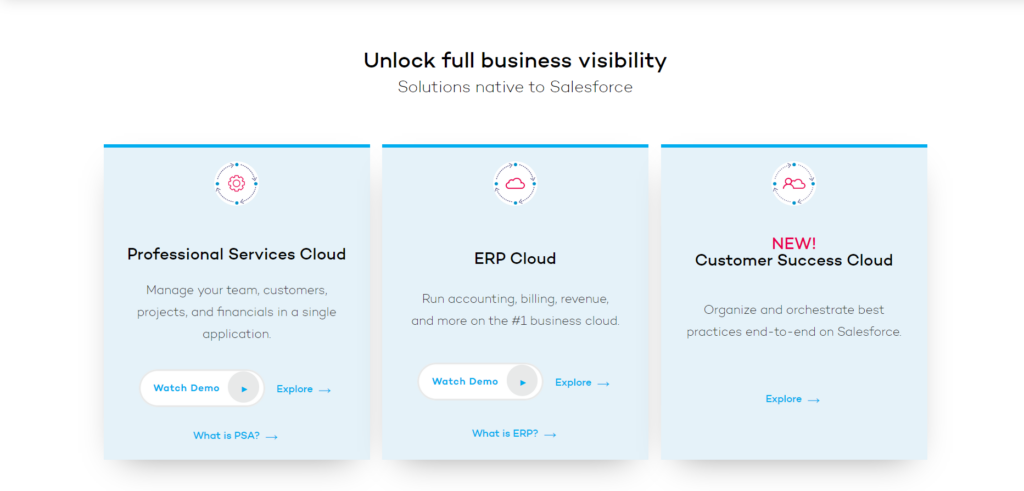
Image Credits: FinancialForce
One of the key benefits of FinancialForce is its ability to automate financial processes, which helps reduce the risk of errors and ensures compliance with accounting standards. Additionally, the software offers robust reporting and analytics capabilities, enabling businesses to track financial performance and make informed decisions. FinancialForce also offers solutions for specific industries, including professional services, healthcare, and manufacturing. These industry-specific solutions provide businesses with tailored features and functionality to meet their unique needs.
FinancialForce is a comprehensive financial management solution that can help businesses improve their financial processes, gain deeper insights into their financial performance, and ultimately drive business growth.
Accounting software – Xero
Xero is a cloud-based accounting software that helps businesses of all sizes manage their finances efficiently. It offers a range of tools and features that allow users to perform accounting tasks such as invoicing, billing, payroll, bank reconciliation, and more. One of the biggest benefits of using Xero is that it provides real-time visibility into a company’s financial performance. Users can access and analyze their financial data from anywhere, at any time, and on any device. This helps businesses stay on top of their finances, make informed decisions, and manage cash flow more effectively.
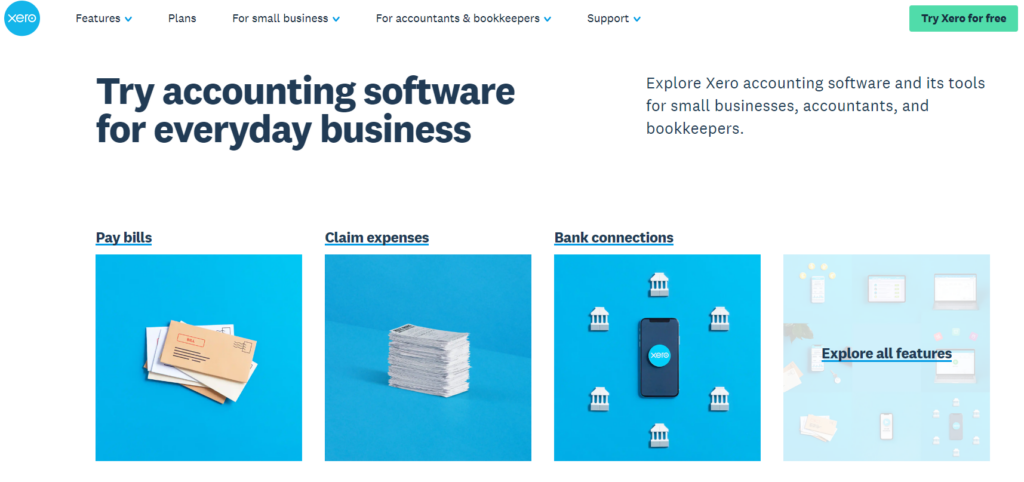
Image Credits: Xero
In addition to its core accounting features, Xero also integrates with various third-party applications, such as payment gateways, CRM systems, and inventory management tools. This allows users to automate and streamline their financial workflows, reducing the need for manual data entry and minimizing the risk of errors. Xero employs advanced security measures to protect financial data, ensuring that sensitive information is kept safe and secure.
How important is it to choose the right financial software?
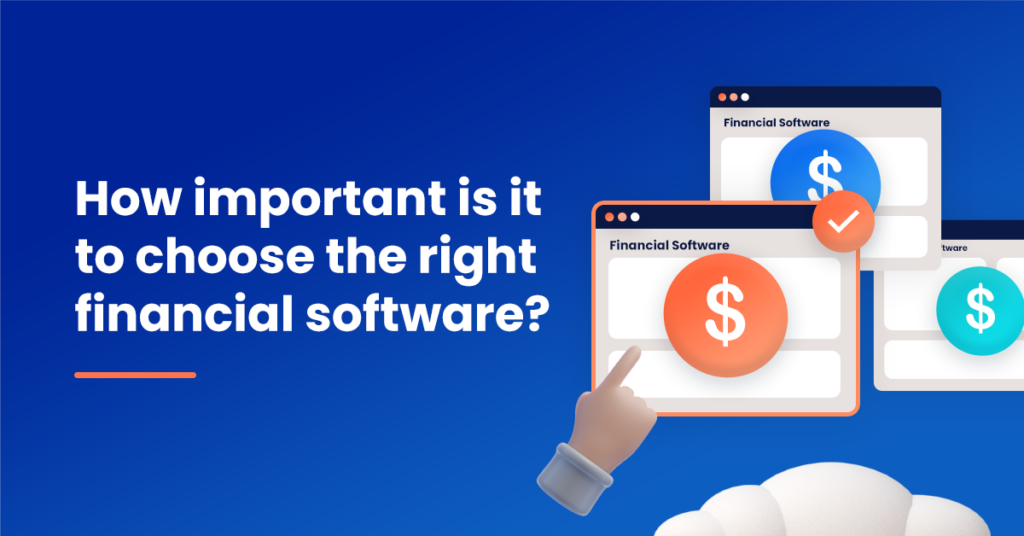
Choosing the right software stack for the Chief Financial Officer (CFO) is critical to ensure that the company’s financial management runs smoothly. The CFO software stack should be designed to simplify the financial processes and provide valuable insights into the company’s financial health. One of the essential features that CFOs should consider when selecting their software stack is cloud cost intelligence.
Cloud cost intelligence tools provide CFOs with valuable information on the cost of their cloud-based applications and services. The insights can help them optimize costs and improve the overall efficiency of their financial management processes. Cloud cost intelligence, like nOps, also offers cost forecasting capabilities based on historical data, which can help CFOs prepare budgets and make strategic decisions.
nOps sets itself apart from other scheduling tools by offering unique features such as resource sharing, cost savings, and an intuitive user interface. It also provides real-time insights into cloud resource usage and costs, allowing users to make informed decisions about their cloud infrastructure. With its powerful automation capabilities, nOps ShareSave Scheduler is a valuable tool for organizations that are looking to optimize their cloud infrastructure, reduce costs, and improve efficiency.
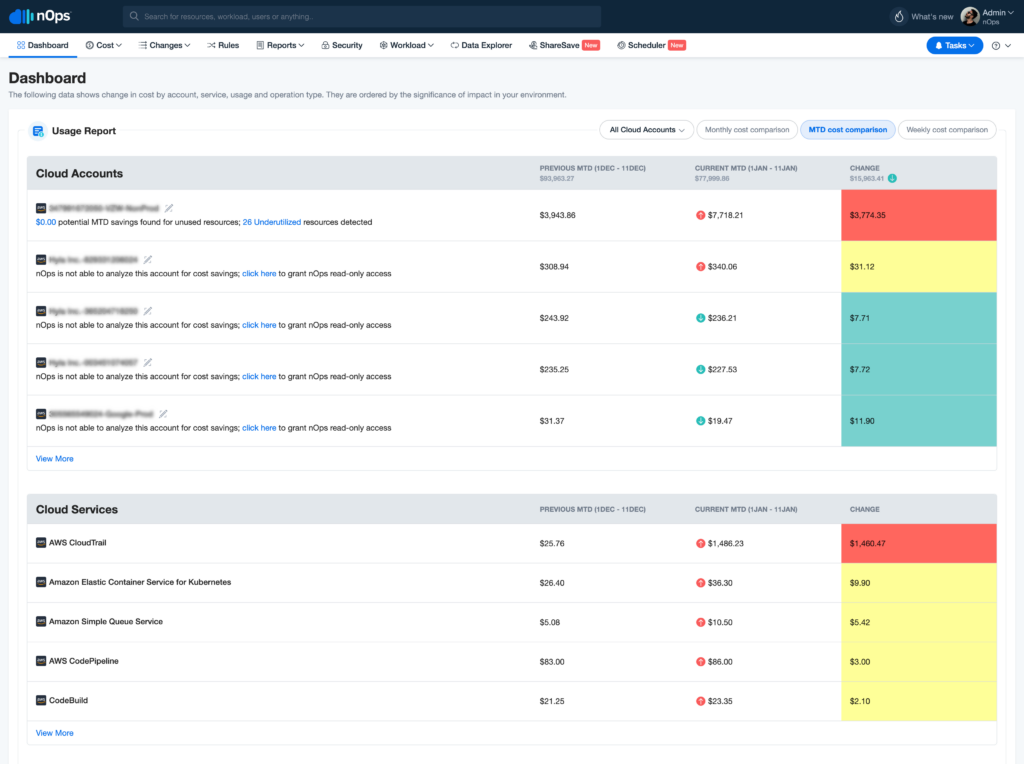
Your team focuses on innovation, while nOps runs continuous optimization on auto-pilot. You benefit in two key ways:
- First, pay less for what you use without the financial risk.
- Second, use less by automatically pausing idle resources.
Let us help you save! Sign up for nOps today.
